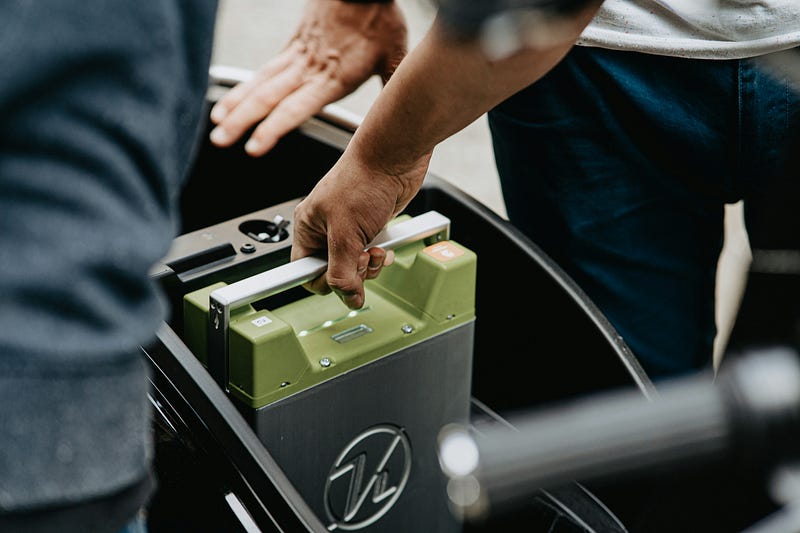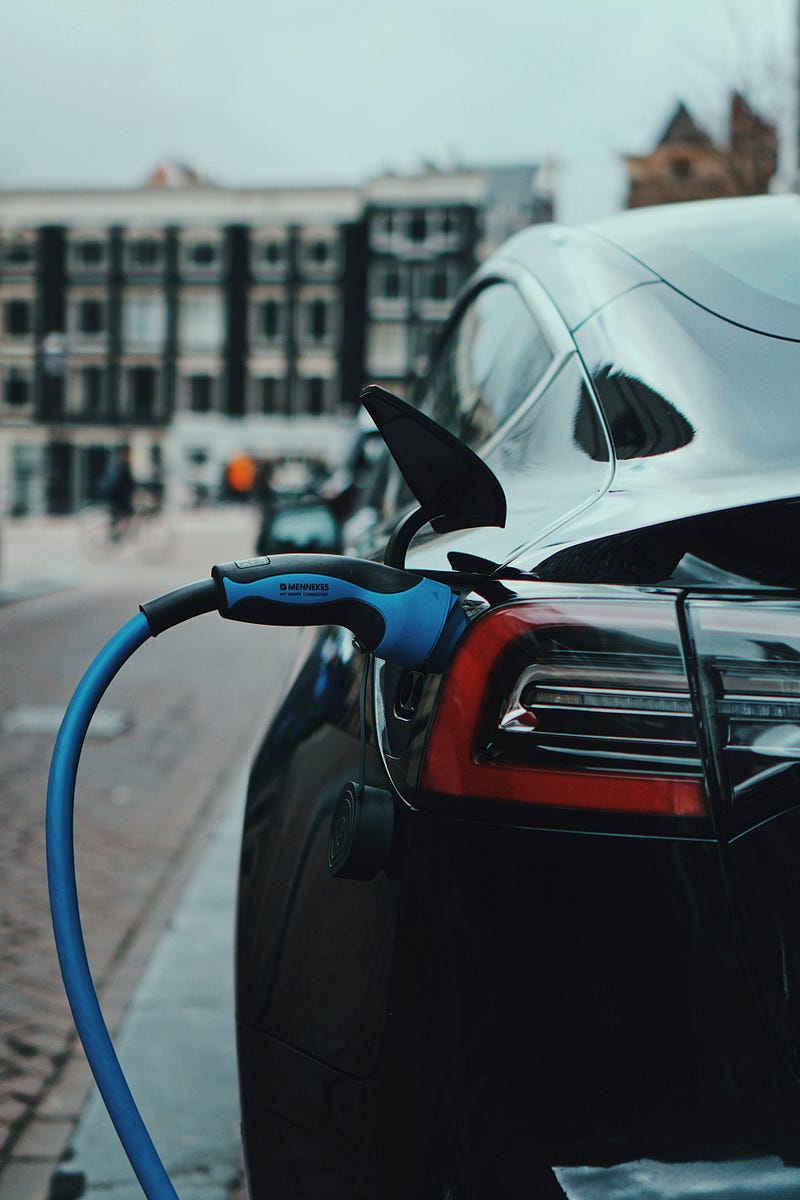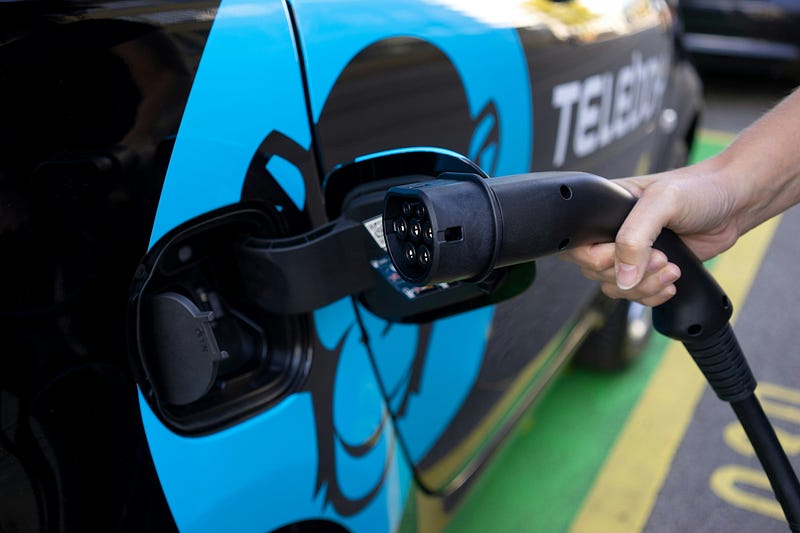
Greetings, fellow techno-enthusiasts, battery aficionados, and anyone eager to peer into the electrifying future of transportation! Buckle up (or perhaps strap on your virtual reality headset for a simulated electric vehicle journey) as we delve into a realm brimming with potential — breakthrough battery technology and its transformative impact on electric vehicles (EVs).
For years, the specter of range anxiety has loomed large over the EV landscape. The fear of a depleted battery strand you far from civilization has been a major deterrent for many drivers hesitant to abandon the comfort (and, admittedly, the convenience) of gas-powered vehicles. However, a recent surge in battery innovation promises to rewrite the narrative, potentially dethroning the internal combustion engine and ushering in a new era of electric dominance.
Beyond Lithium-ion: Unveiling the Next Generation of Battery Powerhouses
Lithium-ion batteries have served as the workhorses of the EV revolution thus far. However, their limitations are becoming increasingly apparent. Their charging speeds can be agonizingly slow, and their range often falls short of expectations, particularly for long-distance travel. This is where the new contenders on the battery block enter the scene, each boasting unique advantages and the potential to revolutionize the way we store and utilize energy.
- Solid-State Batteries: A Quantum Leap in Battery Performance? Imagine a world where your EV charges in minutes, not hours. Solid-state batteries promise exactly that. Unlike their lithium-ion counterparts, which utilize a liquid electrolyte, solid-state batteries employ a solid alternative. This seemingly minor change unlocks a treasure trove of benefits:
- Faster Charging Times: Forget the days of tethering your EV to a charging station for an eternity. Solid-state batteries boast significantly faster charging rates, thanks to their inherent stability and the elimination of limitations imposed by the liquid electrolyte. Theoretical calculations suggest charging times could be reduced to a mere 15–30 minutes, making EVs as convenient to refuel as gasoline-powered vehicles.
- Enhanced Energy Density: Think of energy density as the fuel tank size of your car, but for electricity. The higher the energy density of a battery, the more range an EV can achieve on a single charge. Solid-state batteries boast the potential for energy densities that could double those of traditional lithium-ion batteries. This translates to a significant increase in driving range, potentially exceeding 500 miles on a single charge for some EVs.
- Improved Safety: The liquid electrolyte in lithium-ion batteries poses a potential safety hazard, as it can be flammable if the battery overheats or sustains damage. Solid-state batteries eliminate this risk entirely, offering a safer and more reliable solution for EV applications.

However, the path to widespread adoption of solid-state batteries is not without its challenges. Technical hurdles remain, such as the development of cost-effective manufacturing processes and the optimization of solid electrolytes for optimal performance across a wide range of temperatures. Researchers are diligently working on these challenges, and with continued advancements, solid-state batteries have the potential to become the cornerstone of the future EV landscape.
- Lithium-Sulfur Batteries: High Hopes, High Stakes Lithium-sulfur batteries tantalize us with the prospect of even greater energy densities compared to solid-state batteries. Theoretically, they could boast a potential energy density exceeding 600 Wh/kg, translating to a driving range that could eclipse even the most efficient gasoline-powered vehicles on the road today. This would be a game-changer for long-distance travel, eliminating the need for frequent stops and significantly reducing reliance on fossil fuels.
However, the road to commercialization for lithium-sulfur batteries is riddled with technical obstacles. One major challenge is the phenomenon known as the “lithium-sulfur polysulfide shuttle.” During charging and discharging cycles, intermediate lithium-sulfur compounds (polysulfides) dissolve in the electrolyte and migrate to the lithium anode. These polysulfides not only reduce the battery’s capacity but can also degrade the anode over time. Researchers are actively exploring strategies to mitigate the polysulfide shuttle effect, such as the development of novel electrolytes and electrode materials.
Despite these challenges, the potential rewards of lithium-sulfur batteries are immense. Significant progress has been made in recent years, and with continued research and development, they could become a viable option for future EVs, offering unparalleled range and freedom on the open road.

- Exploring Alternative Chemistries: A Universe of Possibilities The quest for the ultimate battery doesn’t stop at lithium. Researchers are venturing beyond the boundaries of traditional lithium-ion technology, exploring alternative materials with the potential to offer unique advantages:
- Sodium-Ion Batteries: Sodium is an abundant and inexpensive element, making sodium-ion batteries a potentially cost-effective alternative to
